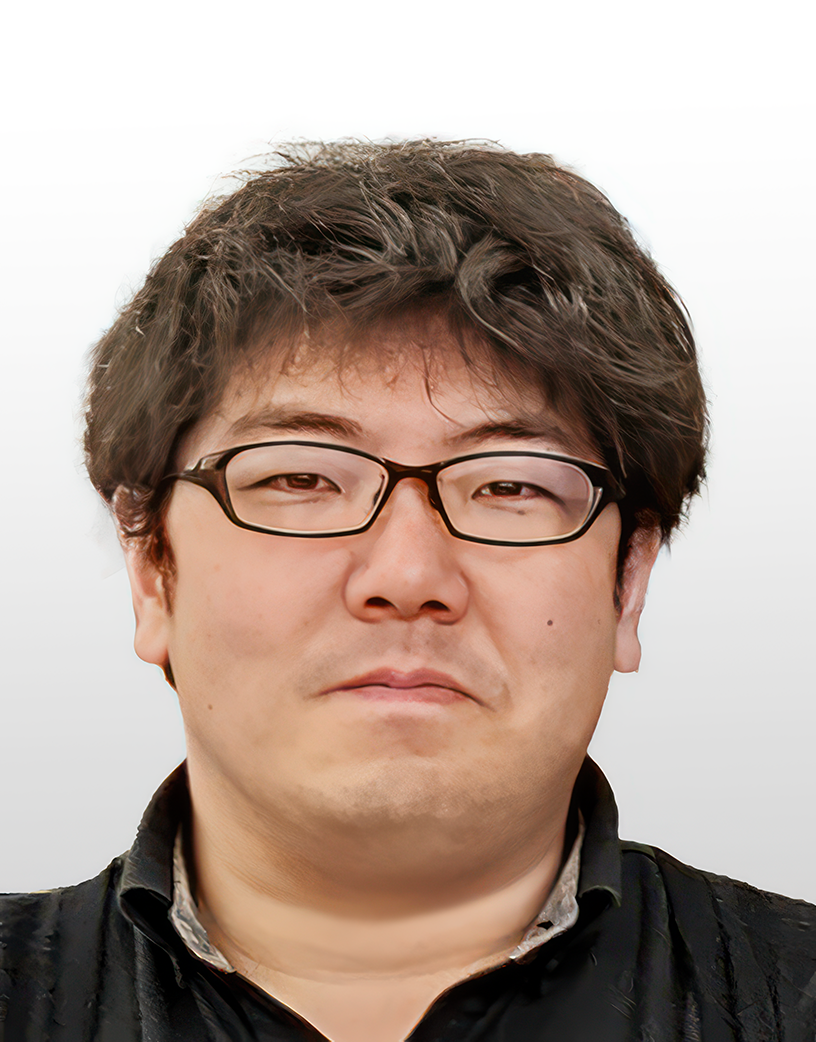Related Outline
Our research group investigates how the “cytoskeleton,” existing in all living cells, generates cell shape and movement, with a focus on its self-organization. The cytoskeleton is a network of protein fibers, such as microtubules and actin filaments, that forms the cell’s “framework,” dynamically assembling and reshaping to drive cell movement or division. We aim to recreate this cytoskeleton in vitro and observe them at the single-molecule level using microscopy to uncover the rules governing the cytoskeleton’s dynamic behavior.
Additionally, by integrating approaches from chemistry, engineering, micro-nano engineering, and synthetic biology, we are trying to engineer new functions into the cytoskeleton and its associated proteins, creating molecular-scale “components” controllable by external stimuli like light. Our ultimate goal is to use these molecular components to freely control cytoskeletal behavior and design microscale robots (molecular robots) that move autonomously like cells. Achieving this requires elucidating the principles of cytoskeletal self-organization and its responses to external stimuli, as well as understanding how living organisms utilize the cytoskeleton. As part of this effort, we aim to operate the cytoskeleton within artificial cells mimicking real cells and construct multicellular systems by connecting multiple artificial cells. We seek to clarify how dynamic cytoskeletal behaviors (such as fluctuations or changes in alignment) propagate through membranes within these multicellular artificial cell systems.
Alongside these scientific and engineering pursuits, we are committed to outreach activities to help public people intuitively understand the complex molecular world. This includes creating CG visualizations of molecules and immersive content using VR/MR technologies. Through such digital content, we hope to convey the potential of the molecular world to non-researchers, bridging the natural technologies honed by life over 3.5 billion years to future societal innovations. By fusing molecular-scale design with human-scale macro design, we aim to pioneer a new realm of design.
Career
March 2010: Graduated from Faculty of Fisheries Sciences, Hokkaido University
March 2012: Master’s degree at the Graduate School of Life Science, Hokkaido University
March 2015: Doctoral degree at the Graduate School of Chemical Sciences and Engineering, Hokkaido University
March 2015: Obtained Ph.D. in Science (Hokkaido University)
April 2014: Japan Society for the Promotion of Science (JSPS) Research Fellow DC2/PD (until March 2016)
September 2015: Postdoctoral Researcher at CEA and University of Paris 7(2016), France
September 2018: Postdoctoral Researcher at the Biodesign Institute, Arizona State University
October 2019: Assistant Professor at the Faculty of Design, Kyushu University
October 2024: Associate Professor at the Faculty of Design, Kyushu University
Representative Achievements
- Surface Passivation of Norland Optical Adhesive Improves the Guiding Efficiency of Gliding Microtubules in Microfluidic Devices
Inoue D.*
Nano Letters
DOI: https://doi.org/10.1021/acs.nanolett.4c02015 - In vitro Synthesis and Design of Kinesin Biomolecular Motors by Cell-free Protein Synthesis
Inoue D*, Ohashi K, Takasuka T E, Kakugo A
ACS Synthetic Biology
DOI: https://doi.org/10.1021/acssynbio.3c00235 - Self-repair protects microtubules from destruction by molecular motors
Triclin S†, Inoue D†, Gaillard J, Htet Z M, DeSantis M E, Portran D, Derivery E, Aumeier C, Schaedel L, John K, Leterrier C, Reck-Peterson S L, Blanchoin L, Théry M (†Equal contribution)
Nature Materials
DOI: https://doi.org/10.1038/s41563-020-00905-0 - Mechanical stimulation‐induced orientation of gliding microtubules in confined microwells
Inoue D, Kabir A M R, Tokuraku K, Sada K, Kakugo A*
Advanced Materials Interfaces
DOI: https://doi.org/10.1002/admi.201902013 - Adaptation of Patterns of Motile Filaments under Dynamic Boundary Conditions
Inoue D, Gutmann G, Nitta T, Kabir A M R, Konagaya A, Tokuraku K, Sada K, Hess H, Kakugo A*
ACS Nano
DOI: https://doi.org/10.1021/acsnano.9b01450 - Actin filaments regulate microtubule growth at the centrosome
Inoue D†, Obino D†, Pineau J, Farina F, Gaillard J, Guerin C, Blanchoin L, Lennon-Dumenil A M, Thery M* (†Equal contribution)
The EMBO Journal
DOI: https://doi.org/10.15252/embj.201899630 - Are microtubules tension sensors?
Hamant* O, Inoue D, Bouchez D, Dumais J, Mjolsness E
Nature Communications
DOI: https://doi.org/10.1038/s41467-019-10207-y - Sensing surface mechanical deformation using active probes driven by motor proteins
Inoue D, Nitta T, Kabir A M R, Sada K, Gong J P, Konagaya A, Kakugo A*
Nature Communications
DOI: https://doi.org/10.1038/ncomms12557 - Depletion force induced collective motion of microtubules driven by kinesin
Inoue D, Mahemuti B, Kabir A M R, Farhana T I, Tokuraku K, Sada K, Konagaya A, Kakugo A*
Nanoscale
DOI: https://doi.org/10.1039/C5NR02213D

